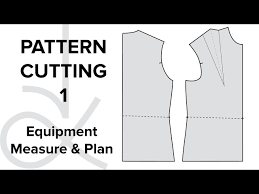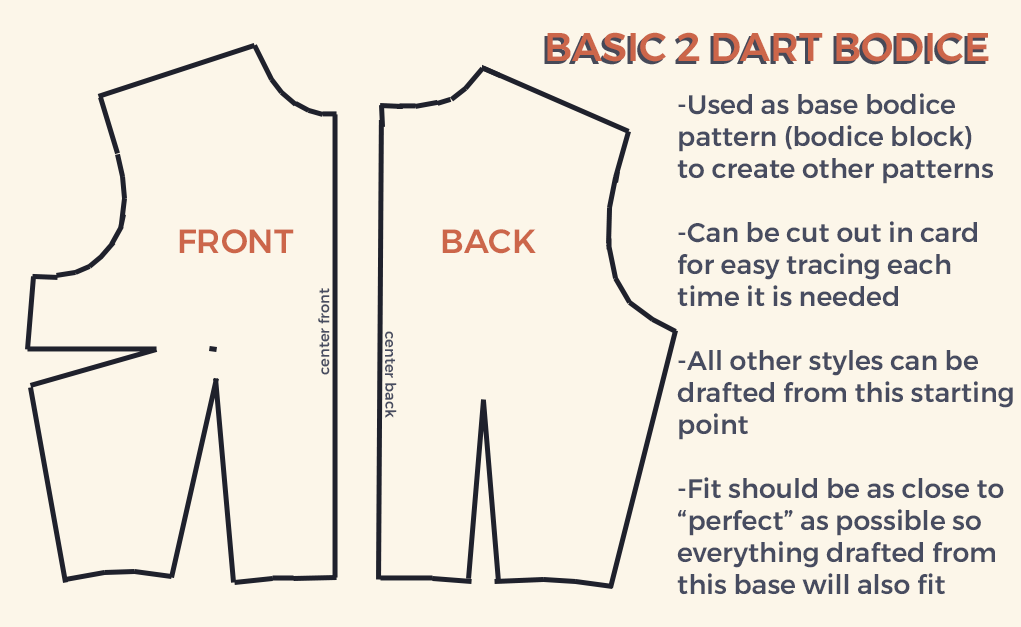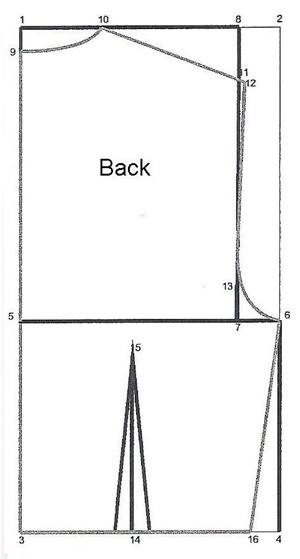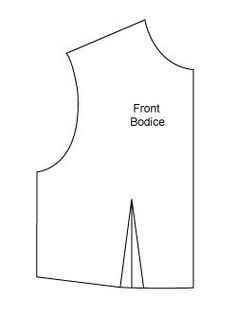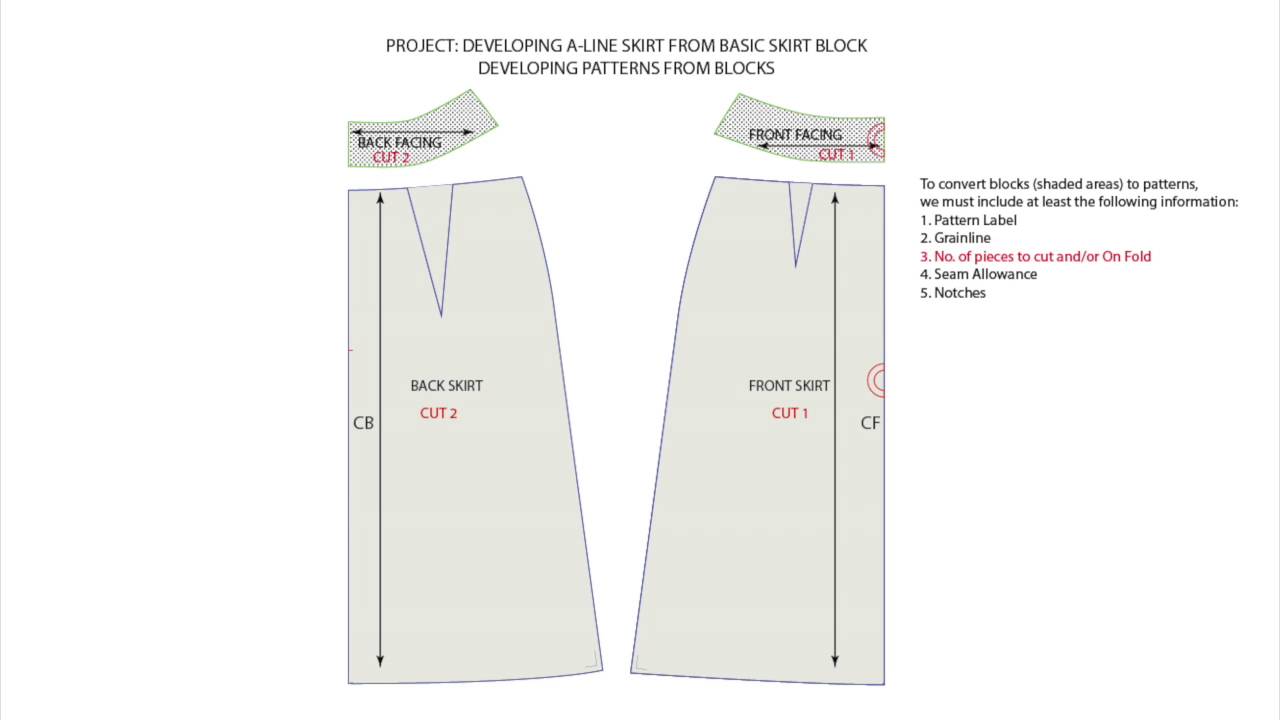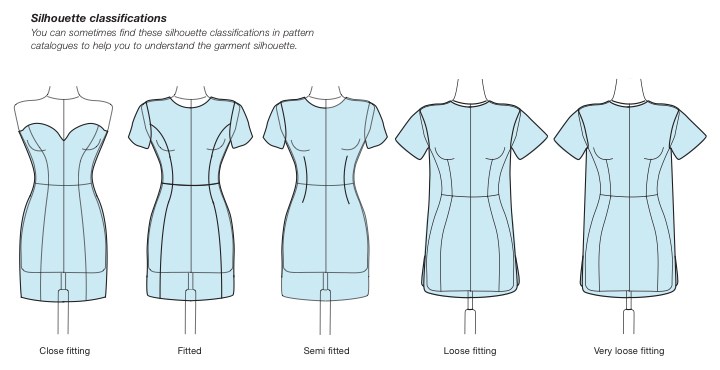CONTENT: 1. Measurement- Body parts to be measured
2. Guidelines for taking body measurement.
3. Taking Body Measurement.
SUB-TOPIC 1: BODY PARTS TO BE MEASURED.
In fashion designing, Body measurement is a process by which a tailor or seamstress takes the length or width of the parts of the body to be covered by the garments he or she wants to construct. It is necessary to take accurate body measurement before the fabrics are cut. Accurate measurement is done with a tape measure usually marked with centimetres.
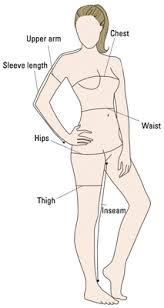
IMPORTANCE OF BODY MEASUREMENT:
i. Accurate measurement helps to make a suitable, fitting dress instead of a tight fit or over-size.
ii. It helps to determine the amount of material actually needed for sewing a dress.
iii. It enables the tailor or seamstress to reduce wastage of material when cutting and sewing.
iv. It helps to avoid waste of time in re-cutting of fabrics after it might have been tacked or sewn.
PARTS OF THE BODY TO BE MEASURED:
i. Bust: Measure round the fullest part of the chest.
ii. Waist: Measure round the smallest part of the trunk.
iii. Hip: Measure round the largest part of the body below the waist.
iv. Arm: Between the shoulder and the hand.
v. Back width: Measure the width of your back.
vi. Length of the back: Measure from base of the neck (nape) to the waist.
vii. Sleeve length: Measure from point of shoulder to elbow and elbow to wrist bone. The elbow should be slightly bent.
viii. Wrist: Measure between the hand and the arm.

SUB-TOPIC 2: GUIDELINES FOR TAKING BODY MEASUREMENT
1. Take measurements over close-fitting garments. Wear flat shoes.
2. For accurate measurements, ask a friend/classmate to take your measurement.
3. Measure accurately. Avoid adding or taking from the actual body measurements.
4. Record each measurement as soon as it is made.
5. Use a tape measure that does not stretch.
6. Body measurements should not be too loose or tight.
7. Stand well or adopt a good posture when taking body measurements.

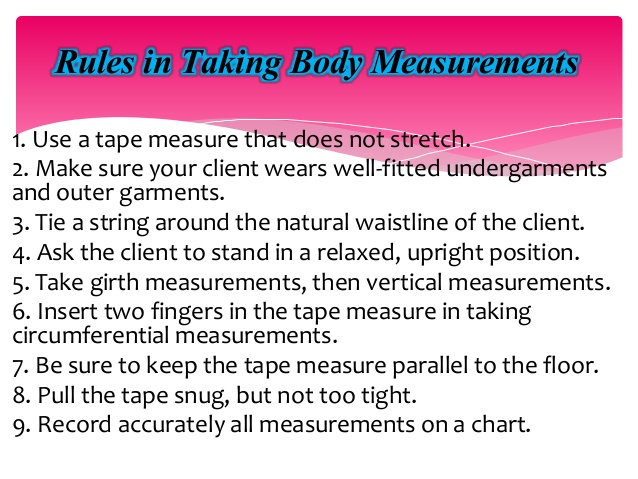
EVALUATION:
i. Mention 5 parts of the body to be measured.
ii. State three guidelines for taking body measurements.
[youtube]https://www.youtube.com/watch?v=HGepcoSTxpc[/youtube]
ACTIVITIES: i. Take the measurements of your friend. Let your friend also take your own measurements.
Ii. Draft your own front and back bodice block patterns.
READING ASSIGNMENT:
Popoola, O.O.(2006) Home Economics New concepts for JSS Book 2, pages 116 – 119.
SUB-TOPIC 2: TAKING BODY MEASUREMENT
MATERIALS FOR TAKING BODY MEASUREMENT: The following materials are needed for taking body measurements:
i. Tape measure
ii. Pencil or biro for writing the measurements.
iii. Long ruler
iv. A note book for recording the measurements
v. Set square
vi. Metric ruler and T-square
vii. A string to be tied around the natural waist line.
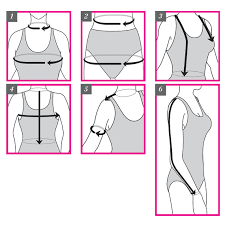
BODICE:
BUST: Take the measurement around the largest part of the bust, keeping the measuring tape well under the arms. Make allowances as follows:
*5cm-8cm for dress
*10cm for a blouse
*5cm for underwear
*16cm for a night dress
Chest width: Take this measurement 10 cm below the shoulder line, from armhole to armhole.
Front length: This is taken from neck end of the shoulder to centre front of tape or string tied around the waist.
Across back: This is taken across the back from where the sleeves are set in 10cm below nape or back width.
Back length: This is taken from nape to centre back of tape or string around the waist.
Shoulder: Measure shoulder length from base of neck to arm socket.
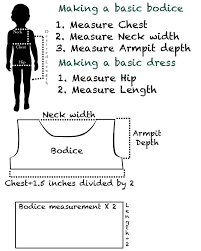
SKIRT:
Waist: Measure waist circumference round the natural waist line. Give enough allowance for ease in wearing finished garment.
Hip: Measure the widest part of the body below the waist.
Skirt length: Measure from waist to knee / hem.
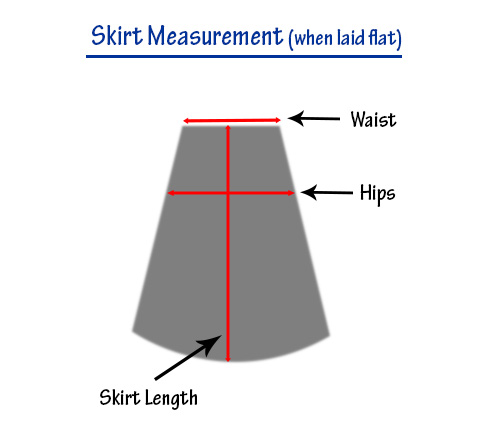
SLEEVES:
Upper arm circumference: With arm bent and placed on the waist, measure around the fattest part of the upper arm. Arm length (shoulder to wrist): With arm bent, measure from arm socket over elbow to wrist bone.
Wrist circumference: Measure around wrist below wrist bones.
Hand circumference (cuff): Touch thumb to little finger then measure at the position of greatest circumference.
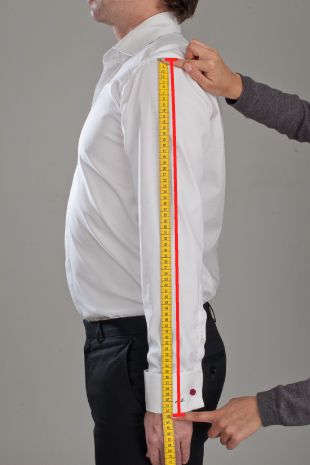
[youtube]https://www.youtube.com/watch?v=Np1HzrdDvHM[/youtube]
EVALUATION:
1. ..................are needed for taking body measurement.
(a) Tape measure and fork (b) pencil and dictionary (c) tape and table (d) tape measure and note book
2. Explain the procedure for measuring the following:
i. Bust
ii. Waist
iii. Hip
ASSIGNMENT:
1. Popoola, O.O.(2005) Work Book on Home Economics New concepts for JSS Book 2, page 28.
2. Draw a human body and label the parts to be measured before making a gown.
